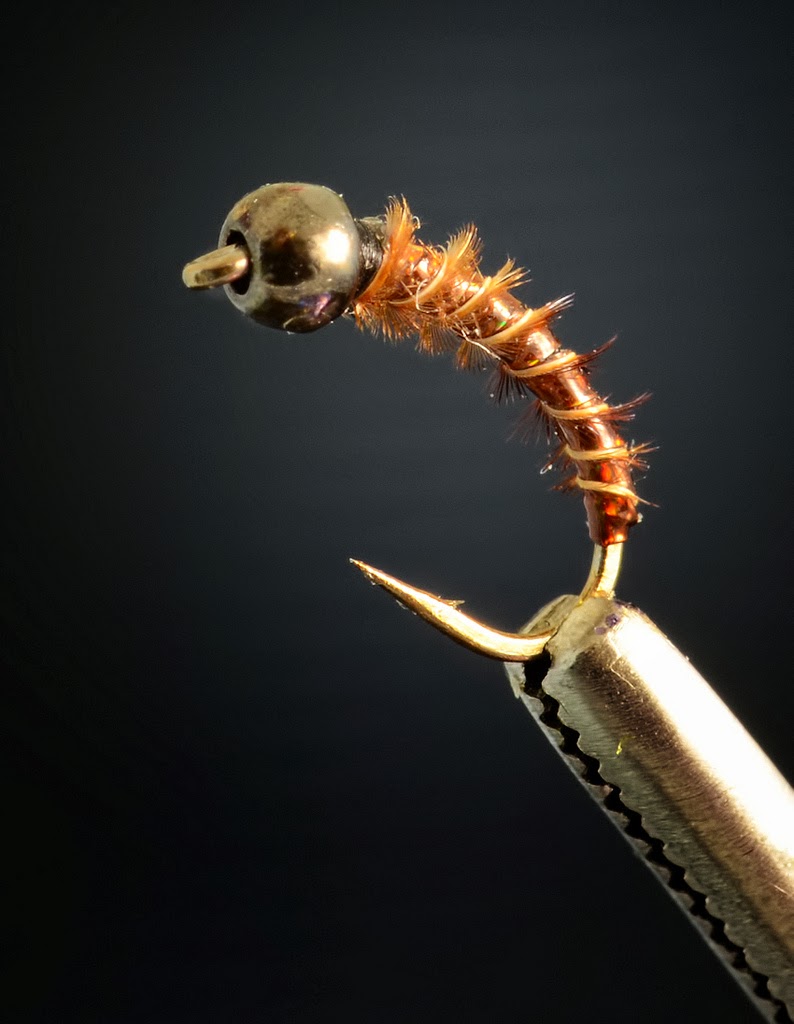Mastering Midge Fly Fishing: A Comprehensive Guide

Have you ever seen trout rising on a seemingly calm surface, but your usual flies aren't producing any bites? Chances are, they're feasting on midges. These tiny insects form a crucial part of a trout's diet, especially during certain times of the year. Mastering the art of midge fishing can unlock a whole new level of angling success, even when other methods fail.
Midge fishing, the practice of using artificial flies to imitate these small aquatic insects, requires a nuanced approach. This comprehensive guide will delve into the intricacies of midge fishing, equipping you with the knowledge and techniques to effectively target trout feeding on these minuscule morsels. We'll explore everything from selecting the right fly and presentation techniques to understanding midge behavior and adapting to varying water conditions.
Fishing with midge patterns is often a game of subtlety and precision. Unlike larger, more visible dry flies, midges demand a keen eye and a delicate touch. The rewards, however, are well worth the effort. Successfully hooking a trout on a tiny midge fly is a testament to your skill and understanding of the aquatic ecosystem.
The history of midge fishing is intertwined with the development of fly fishing itself. As anglers observed the importance of these tiny insects in a trout’s diet, they began crafting imitations to match. Over time, techniques and patterns evolved, leading to the specialized practice we know today. The core principle remains the same: fool the trout into believing your artificial fly is the real thing.
One of the main issues in midge fishing is the sheer size of the flies. These tiny imitations can be difficult to see both on the water and in the air during casting. This necessitates using fine tippets and developing a delicate presentation technique. Another challenge lies in detecting subtle takes. Trout often sip midges gently, making it crucial to maintain a close watch on your line and leader for the slightest indication of a bite.
Midges are small, two-winged flies belonging to the order Diptera. Their aquatic larval stage forms a significant food source for trout. Anglers use artificial midge flies, typically tied on hooks sizes 18-24, to mimic these natural insects. These flies can imitate larva, pupa, or adult stages of the midge lifecycle. For example, a "zebra midge," a common midge pattern, imitates the pupa stage with its segmented body and thin profile.
One significant benefit of midge fishing is its effectiveness year-round, particularly during periods when other insect activity is low. In the colder months, when mayflies and caddisflies are scarce, midges often provide the primary food source for trout. This makes midge fishing a valuable tool for extending your fishing season. Secondly, midge fishing hones your skills in presentation and observation, making you a more versatile angler overall. Finally, catching a trout on a tiny midge fly brings a unique sense of accomplishment due to the technical demands involved.
Creating a successful midge fishing action plan involves several key steps. First, observe the water for signs of rising trout. Are they taking insects on the surface, or just below? This will dictate your fly choice and presentation. Next, select the appropriate midge pattern and tippet size. A good starting point is a size 20 zebra midge on 6x tippet. Cast your fly upstream of the rising trout, allowing it to drift naturally. Maintain a tight line to detect subtle takes.
Midge Fishing Checklist:
- Fine tippet (6x-7x)
- Assortment of midge patterns (sizes 18-24)
- Polarized sunglasses
- Long, light leader
Step-by-Step Guide:
1. Observe rising trout and identify their feeding behavior.
2. Select appropriate midge pattern and tippet.
3. Cast upstream, allowing the fly to drift naturally.
4. Maintain a tight line and watch for subtle takes.
5. Set the hook gently.
Advantages and Disadvantages of Midge Fishing
| Advantages | Disadvantages |
|---|---|
| Effective year-round | Requires delicate presentation |
| Hones angling skills | Difficult to see small flies |
| Catches trout when other methods fail | Subtle takes can be hard to detect |
Five Best Practices:
1. Use a long leader to achieve a delicate presentation.
2. Apply floatant sparingly to avoid sinking the fly.
3. Observe the water closely for subtle rises.
4. Use a slow, steady retrieve when fishing subsurface.
5. Experiment with different midge patterns and sizes.
Examples:
1. Fishing a size 22 black beauty during a winter midge hatch.
2. Using a Griffith's Gnat on a spring creek.
Challenges and Solutions:
Challenge: Difficulty seeing small flies. Solution: Use high-visibility tippet material.
FAQs:
Q: What are midges? A: Small, two-winged flies that form a crucial part of a trout's diet.
Tips and Tricks:
Use a strike indicator when fishing subsurface midges.
Midge fishing, while challenging, offers immense rewards. The ability to consistently catch trout on these tiny flies demonstrates a high level of angling skill and understanding of trout behavior. By mastering the techniques outlined in this guide, you'll be well-equipped to successfully fish midge flies in a variety of conditions. Remember, the key to success lies in observation, precision, and a willingness to adapt to the ever-changing dynamics of the aquatic environment. Take the time to practice, experiment, and refine your approach, and you'll unlock the secrets to successful midge fishing, opening up a world of angling opportunities. So grab your fly rod, tie on a tiny midge, and experience the thrill of fooling even the most discerning trout.
Unlocking serenity with rocky mountain mist paint
Banishing brick moss a comprehensive guide
The ultimate guide to sherwin williams white paint colors











